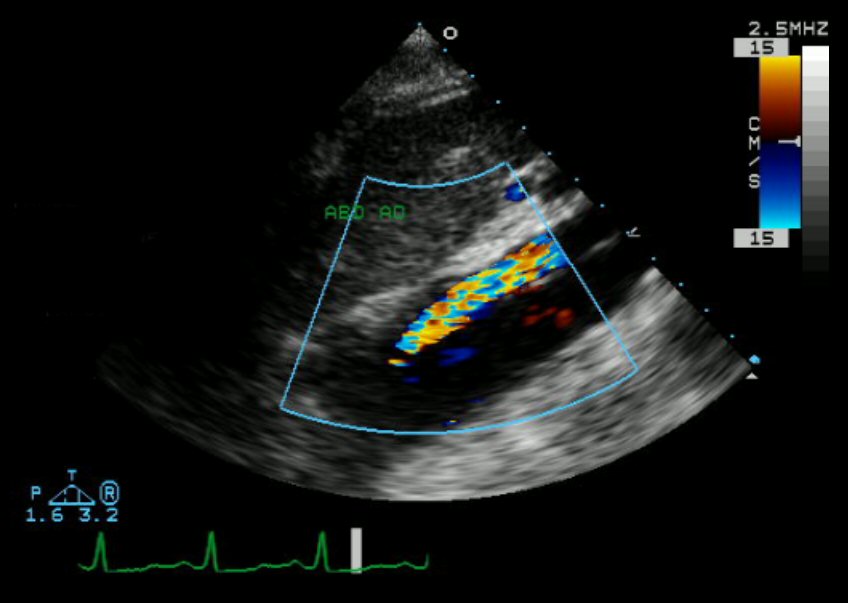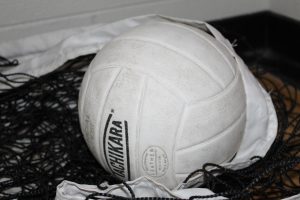Echo treatment
Before the COVID vaccine, doctors used a variety of unlikely treatments to spot and fight the coronavirus, such as the echocardiogram
Ksheka
Echocardiogram, such as this image of an aortic dissection, has been used to promote heart health. But doctors have also used echocardiograms to help spot the signs of COVID-19.
February 2, 2021
An echocardiogram, also called an “echo test,” allows a sonographer to look at the heart’s structure, movement, and strength. The test spots problems like tumors, or abnormal growth to identify future problems a person could have.
Echocardiograms are extremely useful and common in the U.S. since the recent pandemic. Doctors and healthcare workers have been working around the clock to find solutions for the ongoing turmoil that plagues the lives of so many. Because of the large number of deaths in the United States, doctors are experimenting and finding new ways to fight the virus.
One way existing technology is used to benefit victims of COVID is by using echocardiograms to spot abnormalities. Around the country, cardiac failure can occur in a majority of hospitalized patients. With another majority of them being affected by pre-existing cardiovascular disease, these patients become high-risk to the effects of the virus. A patient with heart failure or coronary artery disease can convert from a stable condition, to unstable quickly. So using an echocardiogram will discover new information that helps make decisions important to treatment.
Fast results of patient status and heart function can create plans faster than other methods. Although echocardiography can be helpful for daily use and ongoing patients, during the pandemic we must ask ourselves whether or not the exposure of health care professionals and extra use of protective equipment is justified. People need to recognize that examinations must be limited and prioritized to COVID-19 patients. This way, not only will patients see the effects of COVID on their heart and find the best way to treat it; any new or mutated effects of coronavirus on the heart can also be monitored and recorded for future cases. When these patients are prioritized, new strands that affect the heart differently can be detected.
With the ability to help people who have COVID-19, improvements to echocardiography are happening. Sonographer safety has also been rethought. Previously, topics like radiation safety have been the main focus of training. Now with our current situation, alternative methods of imaging have been discussed. New implementations in the echocardiographic field and health as a whole is thanks to patients who have been testers of new technology.
General understanding of the virus and its effects on the heart are now better understood thanks to echo tests. When the COVID-19 fight is long behind us, thanks to the reinvention of the way we provide echocardiography, we might emerge with a more efficient and patient orientated health care system.











